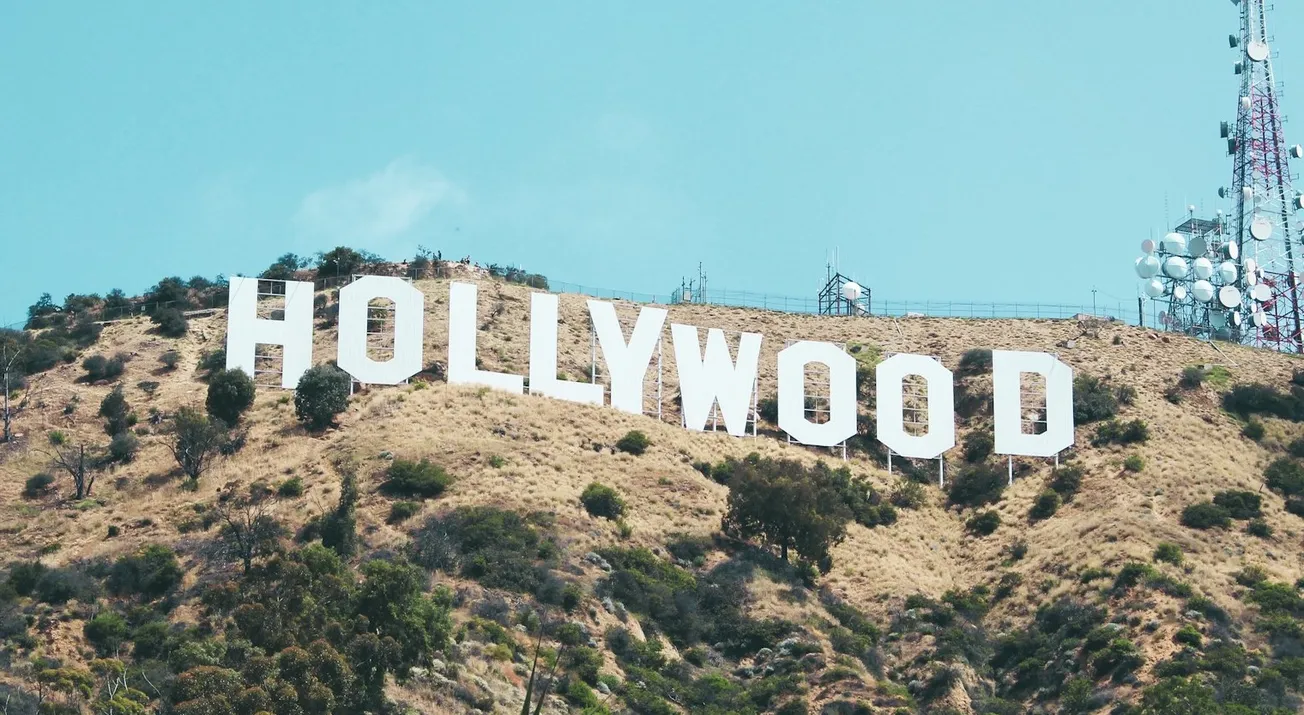Table of Contents
When it comes to producing, a key but often forgotten aspect that must be prioritized is the adherence to labor laws and regulations. Producers often learn the hard way—maybe by a visit from an inflated rat or an ornery business rep at your shoot—that the entertainment labor unions are a potent force. Ignore them at your peril because unlike in the general American economy, labor unions remain powerful in the entertainment industry.
As an initial matter, you have to determine if you have to shoot union at all. If you are not using union talent or crews and if you are not shooting in a union facility, you may not need to adhere to any union obligations. In today's entertainment world, however, this is becoming the exception rather than the rule. Indeed, we hear increasing that projects that start out (and budget) as non-union get "flipped" with the crew requesting coverage themselves or the union's representatives showing up to organize the project. The "inflated rat" can show up.
Becoming a Signatory. If you are not a signatory producer already, you may need to become a signatory of the applicable union or guild. This can be a time-consuming and expensive process that often involves disclosure of important corporate structure and financial information that you may not want to (or cannot) disclose. One option is using a production services company like Cranetown Media to co-produce your project and you can leverage their existing relationships with the applicable union.
Ok, so let's assume you are going to have to deal with the unions in some way—what do you need to know?
In general, labor unions collectively bargain with producers on behalf of their members to set minimum standards for compensation, working hours, occupational safety, and other aspects that contribute to a healthy and equitable work environment—especially on a set. The "producers" in most cases is the overall negotiating body for the majors (and key minors)—the AMPTP.
Most of these concepts are set forth in the applicable collective bargaining agreement, or "CBA." Recently SAG-AFTRA and WGA went on strike against the AMPTP companies to improve the terms found in their respective CBAs. (Our round up of those new terms are found here.)
When working with unionized talent or crew members, it's crucial to adhere to the terms outlined in the applicable CBAs. Key issues in union agreements are:
Who Can Be Hired? Unions and guilds often have regulations related to hiring practices. These regulations might dictate who can be hired for specific roles, the terms of employment, and other conditions. It gets even more complicated—some local union affiliates have "roster" requirements where you have to hire their more senior members before choosing someone you may otherwise have preferred to use.
Compensation Rates and Fringes. The CBAs set forth the wages for each group of workers, based on time, project type or levels. Fringes (or Pension, Health & Welfare (PH&W)) are also agreed to in the CBAs. Most of the CBAs have rate schedules that can be accessed online. Media Services, one of the payroll companies, has a free online service that does a pretty good job of providing up-to-date rates for most projects. At the very least, it can help in the budgeting process. (See our review of budgeting for productions.)
Working Conditions. Working hours, overtime, lunch breaks, holidays are mostly all set forth in the CBAs. Unions and guilds prioritize the safety and well-being of their members. They often negotiate safety protocols and regulations to ensure a safe working environment. As industry veterans can attest as it relates to COVID-19, these can become quite expensive to comply with.
Jurisdiction. Unions and guilds are location in certain jurisdictions and their reach generally only applies in those jurisdictions. For example, Casting Directors working in the NY area are covered by Teamsters Local 817. In LA, they are covered by Local 399. Similarly, Location Assistants are covered by Local 817 in NY, but by DGA outside of New York. It's a confusing map that is important to know who you have, where they are based and what union (or local affiliate union) covers their work. Mapping out roles, locations (where you are shooting and where your crew is from), and your project type is vital to do upfront in order to assess your requirements and budget needs.
Determining Rates, Working Conditions, and other Labor Questions: If you're new to working with unions and guilds, reach out to their representatives for "free" guidance. They can provide their preferred answers about membership, agreements, and any specific requirements for your production. Of course, you may not like the answers you get, so you should be anonymous if you can when asking a sticky question. Other options are the labor teams at your chosen payroll company (see our review of questions you should ask your payroll company), which is also free but they are often unable to answer some of the more challenging question. A final option is to hire labor counsel (which is often free if provided by the network/streamer). They will give you their opinion but they don't come cheap. That said, the old adage, "an ounce of prevention is worth a pound of cure" definitely applies here.
Contracts and Deal Memos. When hiring crew or talent, producers almost always have written agreements. Those agreements can have many terms that favor either party, but in no event can those terms conflict or undermine the terms favoring the employee in the applicable CBA.
Monitoring and Compliance and Audits. The unions and guilds also actively monitor compliance with their agreements and can audit your production. The PH&W Funds can also audit the finances of the production to ensure that wages and PH&W was paid properly. The latter audits can happen YEARS after your production shuts down and so you may need to set aside some reserve to be safe.
Some final thoughts on Unions & Guilds. As the recent WGA and SAG-AFTRA strikes (see our review of the new terms here) and the upcoming labor issues with the below the line crews (see our review of the likely results of those negotiations here and here), the unions & guilds have the power to shut down your production (or even the industry) and so ignoring their power comes at your own peril.








